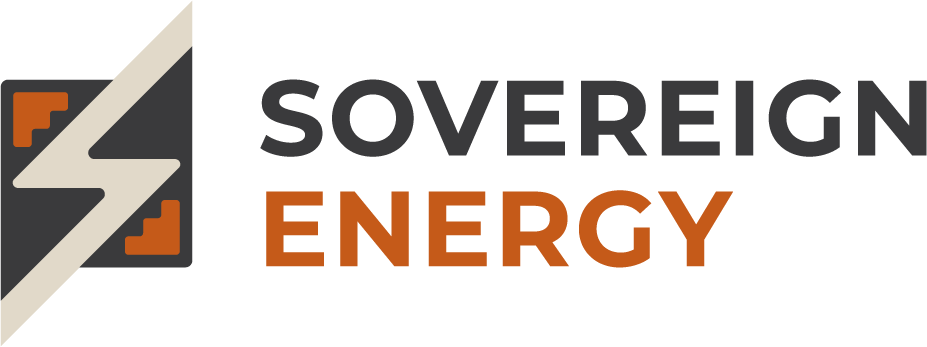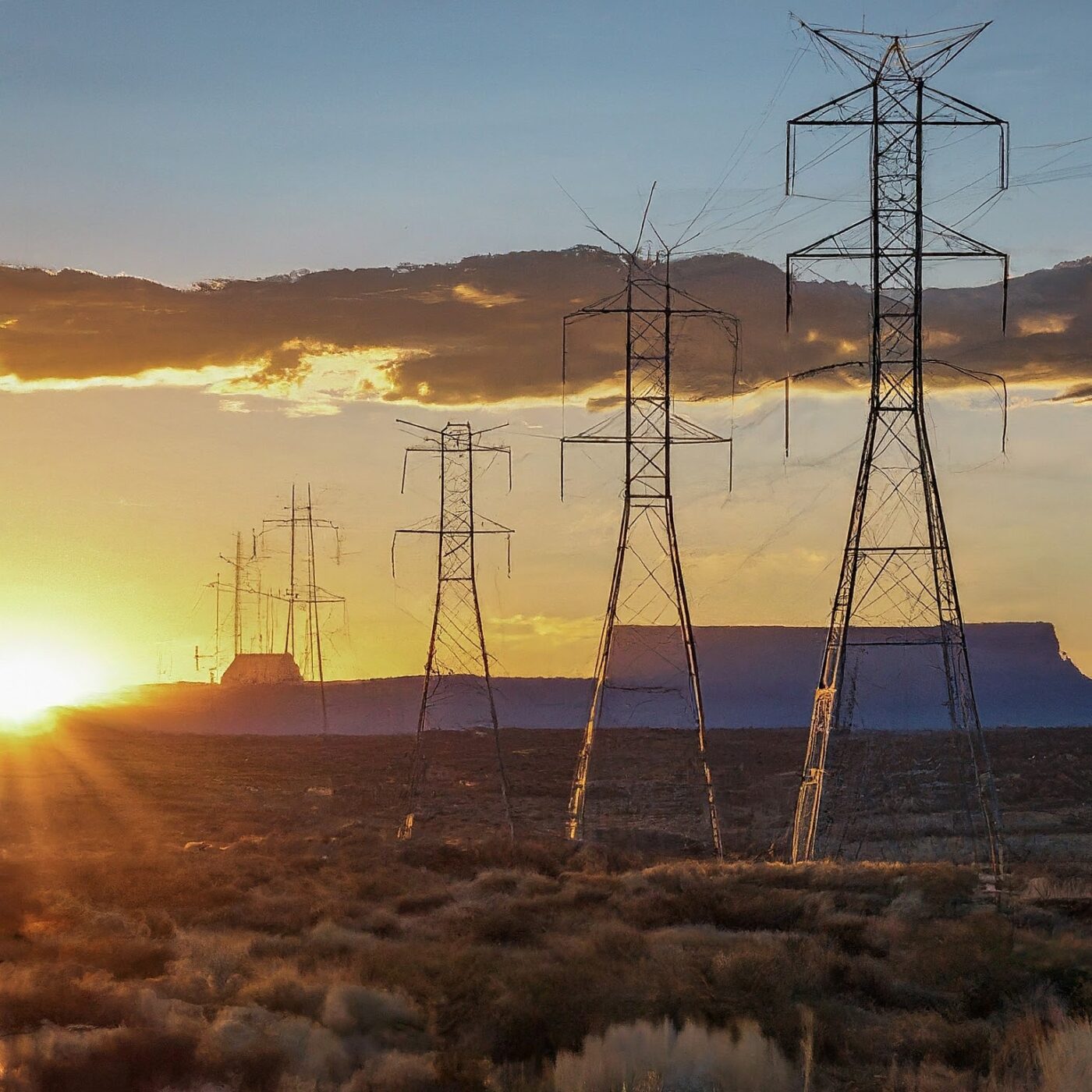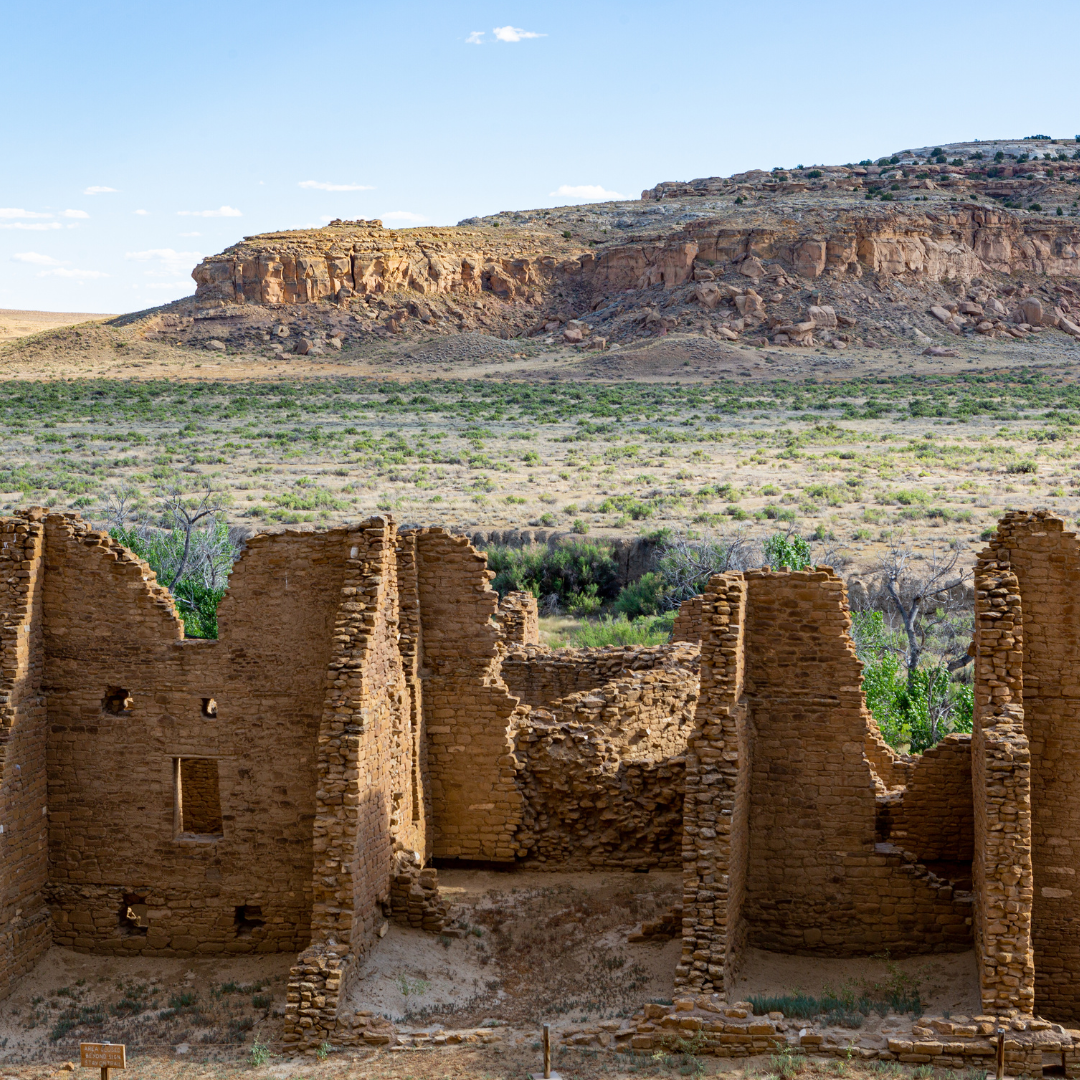Federal Energy Projects Impacting Tribes and Pueblos in the Southwest
As part of our ongoing commitment to staying informed and engaged in energy initiatives, we are actively monitoring federal projects that have the potential to impact the Southwest and our communities. While our organization stands firmly behind the nationwide transition to renewable energy, it is imperative that the decarbonization of the energy sector is executed in a manner that places Tribal needs, concerns, and interests at the forefront, particularly those pertaining to cultural resources. For too long, energy development has advanced at the expense of Tribal cultural resources, traditional cultural landscapes, and sacred sites across the nation.
We’re keeping an eye on projects like the Chaco Canyon initiative, the Caja del Rio Electrical Power Capacity Upgrade Project, the Bureau of Land Management’s (BLM) Solar Programmatic Environmental Impact Statement (SPEIS) and Western Solar Plan Update, and LANL Site-Wide Environmental Impact Statement Through our involvement in these federal energy projects, we can better advocate for our community’s interests and ensure that any developments align with our values and priorities.
Greater Chaco Region
Protecting Cultural Resources from Oil and Gas Development Impacts
The Greater Chaco Region is a vast and sacred landscape containing archaeological, cultural, and natural features of critical importance. The Greater Chaco Region extends throughout the San Juan Basin and the Four Corners Region to the existing Pueblos and Tribes of today. Central to this region is Chaco Canyon, where between AD 800-1200 ancestral Pueblo people lived, flourished, and stewarded Chaco Canyon. The descendants of those that lived at Chaco Canyon, still maintain deep, unique connections with this sacred place.
Challenges
Today, this landscape is threatened by oil and gas development which has overwhelmed the Region. Throughout the Greater Chaco Region are invaluable cultural resources, utilized by Pueblos and Tribes as part of ongoing cultural practices. These important cultural resources are relied upon in order to ensure the continuation of cultural practices and ways of life. Unchecked oil and gas development directly impacts and threatens these resources, jeopardizing the history, culture, and people of Pueblos and Tribes who remain connected to this sacred, living landscape.
Caja del Rio Electrical Power Capacity Upgrade Project
The Caja del Rio describes the region embedded within a vast living traditional cultural landscape inhabited, stewarded, and journeyed by our Pueblos and Tribes from time immemorial. Archaeological reaffirmations as early as 5,500 BC show Ancestral Pueblo relationship to the Caja del Rio, now home to thousands of traditional cultural properties, cultural resources, and sacred sites including ceremonial structures, petroglyphs, irrigation systems, and other resources. This sacred region is a testament to the unique living heritages of our Pueblos and Tribes maintained through story, song, prayer, pilgrimage, and many other traditional cultural activities today. Protection of the ecological and spiritual relationships, and traditional context and setting of this landscape is central to the longevity of Pueblo and Tribal cultural identity and remains a priority in legacy preservation efforts.
Challenges
- Desecration and vandalism of cultural sites
- Misuse of off-highway vehicles
- Undeterred dumping of refuse
- Poaching
- Unregulated shooting
- Proposed infrastructure development that does not sufficiently protect resources
These challenges continue to cause serious unmitigated, cumulative, and irreversible impacts to cultural and natural resources.
Bureau of Land Management’s (BLM) Solar Programmatic Environmental Impact Statement (SPEIS) and Western Solar Plan Update
The Energy Act of 2020 calls on the Secretary of the Department of Interior to support national renewable energy goals on public lands including the goal seeking to permit at least 25 GW of electricity from wind, solar, and geothermal projects by 2025. The goal of BLM SPEIS is to update the 2012 Western Solar Plan, BLM’s framework for siting solar energy projects. Whereas the 2012 Western Solar Plan applied to Arizona, California, Colorado, Nevada, New Mexico, and Utah; the updated plan would expand the BLM’s solar energy planning to include Idaho, Montana, Oregon, Washington, and Wyoming.
The BLM SPEIS is an assessment of the environmental, cultural, and economic impacts of PV utility-scale solar energy developments, as well as the impacts of supporting facilities and transmission connections. The BLM SPEIS aims to: Identify areas most appropriate for solar energy development and expand the number of acres prioritized for solar development Identify Exclusion Areas where solar activity should be off-limits and update exclusion criteria Streamline solar permitting processes without sacrificing community input and steamrolling environmental concerns Promote and facilitate responsible solar development in priority areas.
Los Alamos National Laboratory (LANL)
Site-Wide Environmental Impact Statement
Numerous Pueblo and Tribal sites in New Mexico of cultural significance have been affected by federal nuclear development, such as Los Alamos National Laboratory (LANL), Sandia National Laboratory, Trinity Test Site, Kirtland Air Force Base, the Jackpile-Paguate Uranium Mine, the Homestake Uranium Mine and Disposal Site, and the Waste Isolation Pilot Plant (WIPP). When the region now encompassed by LANL and the city of Los Alamos was seized by the federal government for the Manhattan Project, Indigenous people were denied access to areas of traditional and cultural importance, many of which were damaged or destroyed during the decades of LANL’s confidential nuclear weapons development process. Moreover, Pueblo and Tribal communities that live downriver, downstream, and downwind from the laboratory continue to assess cultural resource impacts, and ecologica contamination, and address the health disparities resulting from LANL’s plutonium economy and nuclear weapons testing. The All Pueblo Council of Governors has reaffirmed that all Pueblos maintain significant cultural, environmental, and community health priorities in relation to and impacted by past and ongoing activities conducted by LANL.


